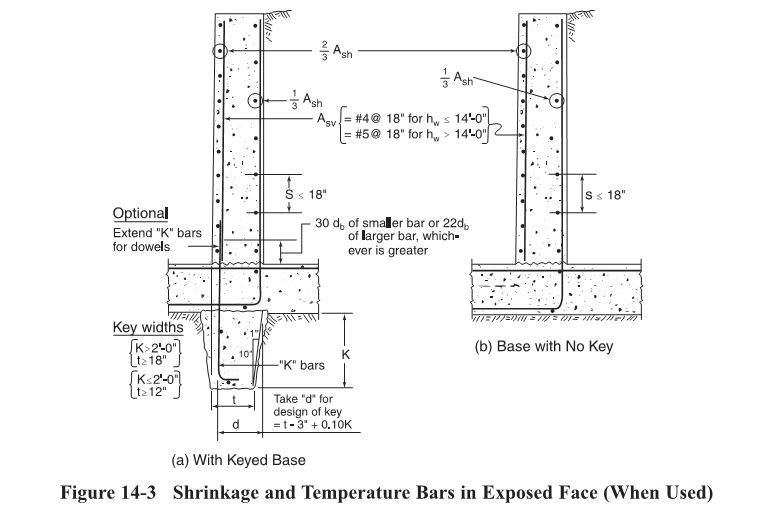I'm curious to know when you would use concrete reinforcement on both faces of a retaining wall and/or basement wall?
As far as I can tell the Code (ACI) really only requires reinforcment on the tension face, but I typically like to distribute the tempature/shrinkage steel to both faces (2/3 to the front face and 1/3 to the rear) especially if the wall is 12" or thicker, but I don't know that it's neccesary.
Thanks!
EIT
As far as I can tell the Code (ACI) really only requires reinforcment on the tension face, but I typically like to distribute the tempature/shrinkage steel to both faces (2/3 to the front face and 1/3 to the rear) especially if the wall is 12" or thicker, but I don't know that it's neccesary.
Thanks!
EIT


